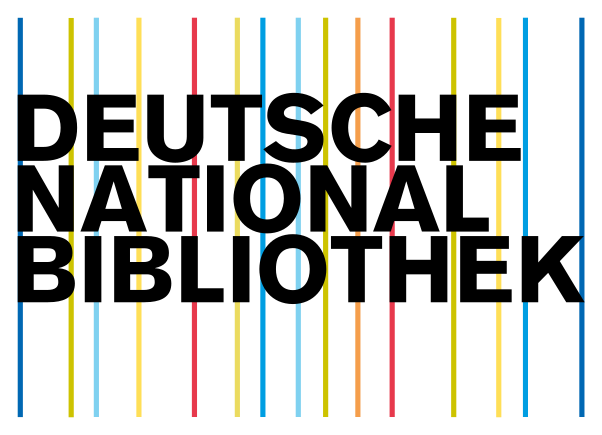Flying Rover
DOI:
https://doi.org/10.5281/zenodo.4018882Keywords:
Flying-rover, Landing-technique, Space, Drone, CATIA, Morphing, Rover, ANSYSAbstract
Flying rover is a rover which is been modified with the attachment of a drone having a H-axis morphing mechanism for the purpose of landing the rover and to fly it through the valleys and peaks, even through the narrow gaps in the mars and titan surface, that are having similar atmosphere conditions like earth. The objective of this flying rover is to overcome the problems in the landing of rover in other planets and satellites and to assist the rover through its entire research period. It is been designed by using CATIA software and fabricated using 3-D printing method. And the structural analysis is been carried out and resultants are plotted by using ANSYS software. By carrying out instrumentation, interface and flight testing of the scaled prototype of flying rover, the paper concludes the landing of rover using this method is simple to operate and can land the rover safely on mars and titan’s surface even in slope surface, valleys or peaks having a major advantage compared to other techniques existing in landing the rovers in the martin’s surface. Combined performance of both drone and rover gives a greater step-over than other landing techniques.
Downloads
References
Raghavendra Panchal. (May 2013), “Unmanned Aerial Vehicle-Rc Quad copter”, International Jthenal of Students Research in Technology and Management Vol. 1(3).
Nilesh Kumar, Sheilza Jain. (2014), “Identification, Modeling and Control of Unmanned Aerial Vehicles”, International Jthenal of Advanced science and technology. vol. 67, pp. 01-10.
Shlok Agarwal, Apoorva Mohan, Kamlesh kumar. (2014), “Design, Construction, and Structure Analysis of Twin rotor”, International Jthenal of Instrumentation and Control Systems. Vol. 4, pp. 33-42.
Anurag singh Rajpoot, Namrata gadani, Sagar kalathia. (2016), “Development of Arduino based quadcopter”, International Advanced Research Jthenal in science, Engineering and Technology. pp. 252-259.
J Olvander, B Lunden, H Gavel, “A Computerized Optimization framework for the Morphological matrix applied to aircraft conceptual design”, Computer Aided Designing 41 (3), 187-196, 2009 – Elsevier.
J. (Bob) Balram, Timothy Canham, Cthetney Ducan, 2018, “Mars Helicopter Technology Demonstrator”, AIAA Atmospheric Flight Mechanics Conference.
Ralph D. Lorenz, Elizabeth P. Turtle, Jason W. Barnes, John Hopkins, “A Rotorcraft Lander Concept for Scientific Exploration at Titan”, APL Technical Digest, Vol. 34, no. 3 (2018).
Downloads
Published
How to Cite
Issue
Section
URN
License
Copyright (c) 2020 Perspectives in Communication, Embedded-systems and Signal-processing - PiCES/ WorldServe Online

This work is licensed under a Creative Commons Attribution 4.0 International License.






